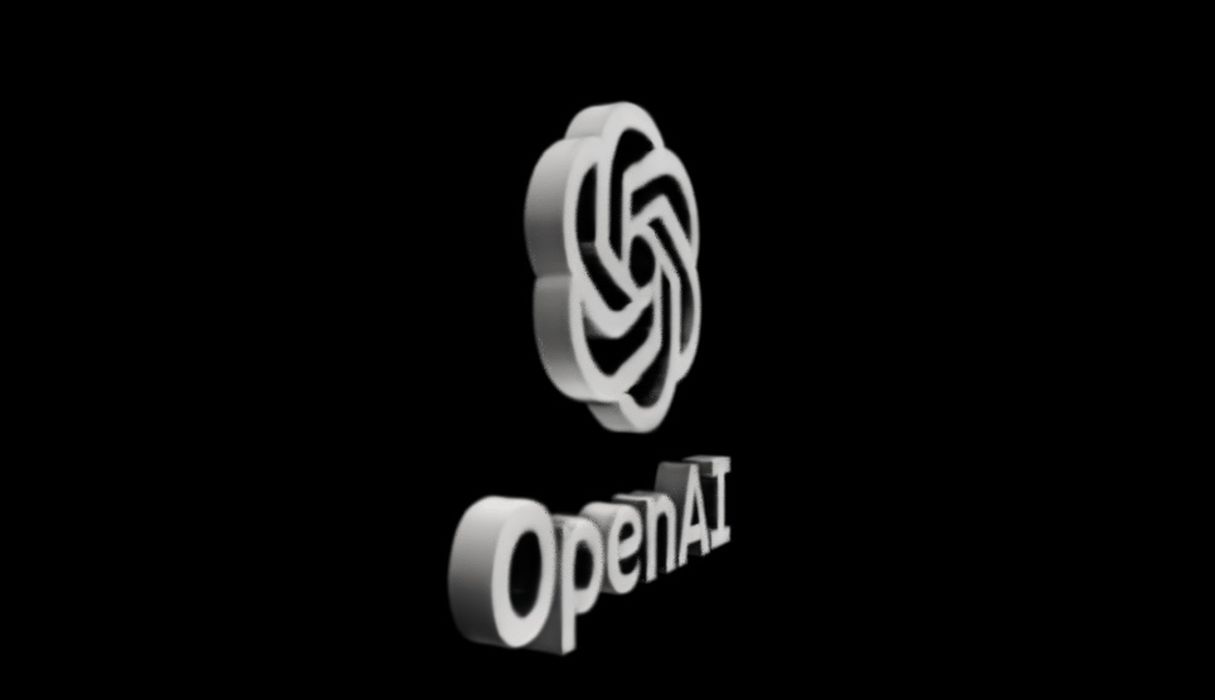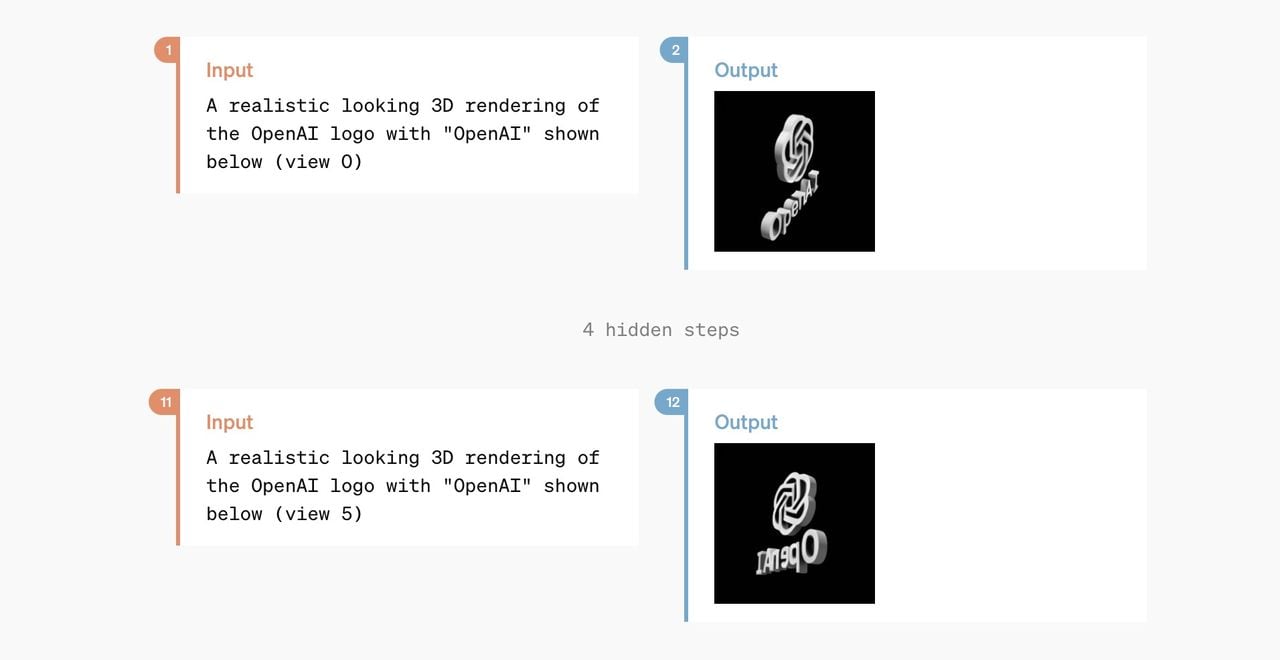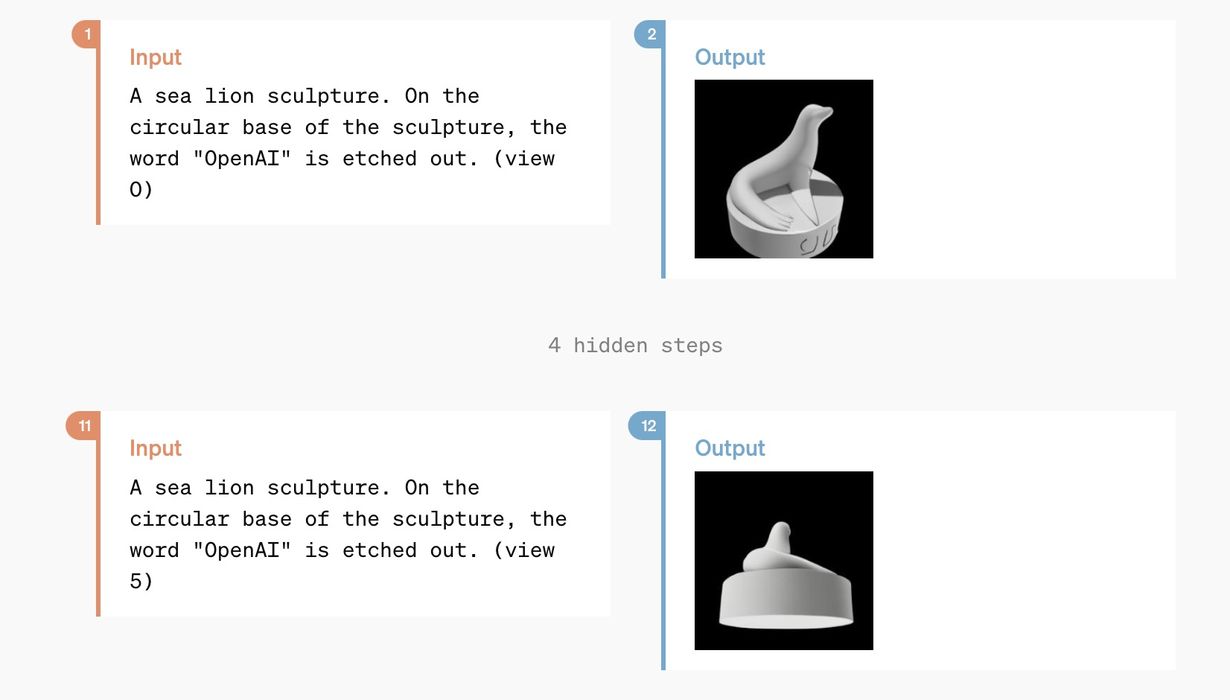
OpenAI made a series of important announcements yesterday, and hidden within them was something that has implications for 3D printing.
The announcement was of a new AI system, GPT-4o. Yes, the “o” is an “o” and not a “0”. It’s short for “omni”, which is meant to imply the new model’s capabilities are “omnipresent”: it apparently is able to handle multiple media formats all at once.
OpenAI published a couple dozen short videos this week showing examples of the incredible feats possible with GPT-4o. If you have time, you should watch them, and be amazed.
However, buried deep within their announcement page they provide considerable more details about GPT-4o. There’s a pop-up menu under “Explorations of Capabilities” where you can select from among 17 different applications enabled by the new technology.
In there you’ll see examples of GPT-4o generating new fonts, making movie posters from supplied images, understanding different voices in a meeting, generated handwriting, and many more astonishing applications.
One of them is called “3D object synthesis”.
Could this mean that GPT-4o can generate 3D objects? I took a further look at their example to see what’s going on.

Their example starts with generating a 3D rendering via a text prompt. They used “A realistic looking 3D rendering of the OpenAI logo with “OpenAI” shown below.” I presume they uploaded an image of their logo for this prompt.
GPT-4o then produced a nice 3D rendering of the logo.
But then there is “4 hidden steps”. We don’t know what these steps were, but I can guess as you will see.
Later in the sequence they present an animated “3D reconstruction from 6 generated images”.
So it seems that the conversation with GPT-4o generated for separate 3D renderings of the logo. These were then combined into a 3D reconstruction. They repeated the process using a design of a seal sitting on a cylindrical base. Both seemed quite successful.

I tried replicating this conversation in my own ChatGPT-4o session, but was unsuccessful. After some research it turns out that OpenAI has not quite rolled out all the feature to everyone yet. While their demos show incredible image generations, they haven’t updated the image generator in ChatGPT yet. I guess we will have to wait a bit more to try this.
However, there is still a question: if it can generate a 3D reconstruction, could it then export the 3D model in a usable format? I’m thinking of “export this 3D model in STL format”. That might be a hard thing to do, and it would certainly be quite possible that errors could be introduced into the export.
Nevertheless it appears that OpenAI has taken a big step towards 3D model generation, and at some point in the future they (or someone else) will refine the technology to the point where is can be commonly used.
Via OpenAI
